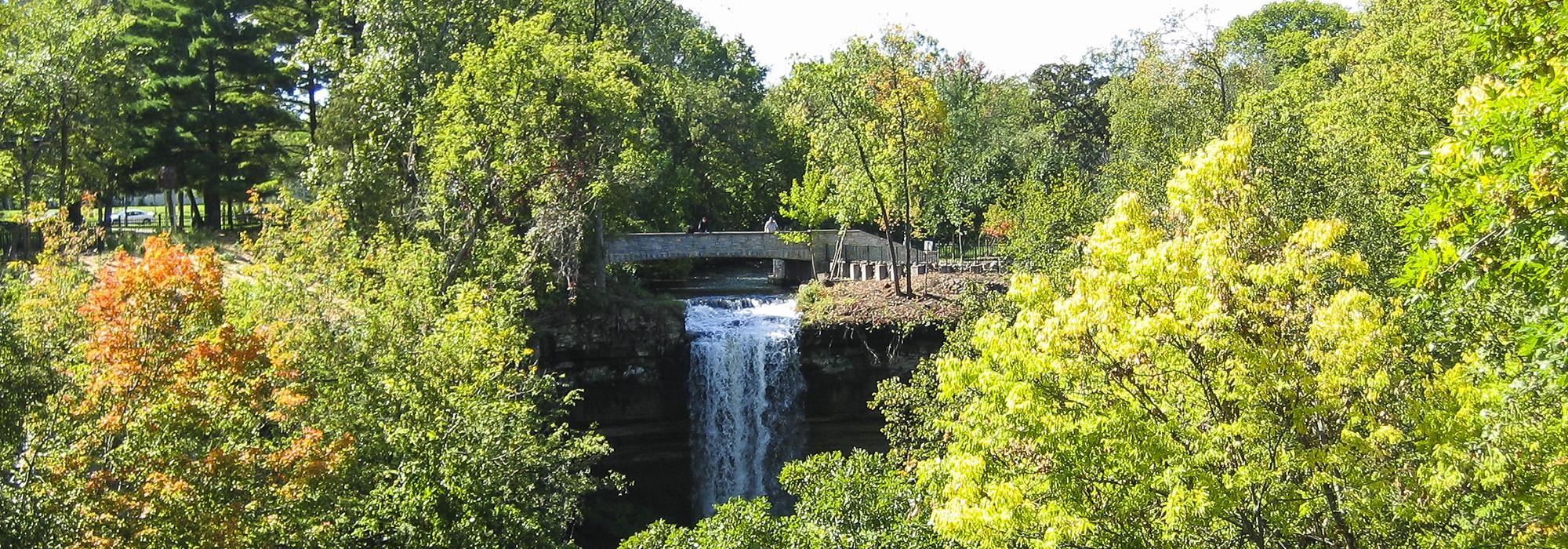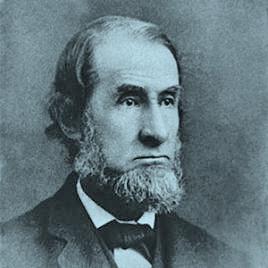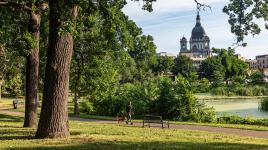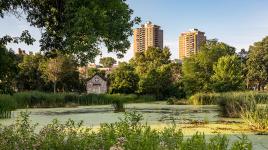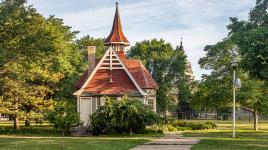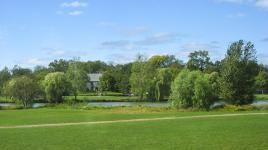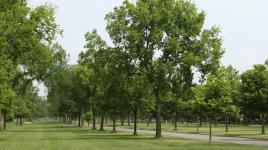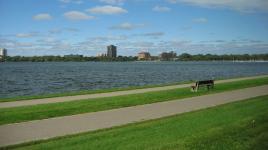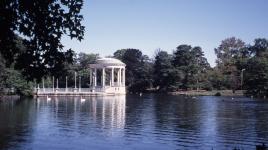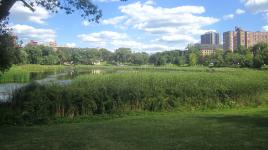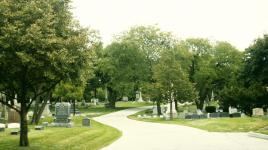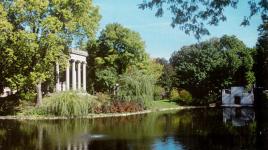Pioneer Information
Born in Lancaster, Massachusetts, Cleveland attended an experimental school with a unique curriculum emphasizing landscape study and observation. Inspired by such innovative thinkers as Ralph Waldo Emerson, Cleveland expressed disdain for superfluous decoration and advocated a simple and natural style of design. In the 1820s he lived in Cuba and learned about mulching techniques on coffee plantations. In the 1830s Cleveland spent time as a surveyor and engineer. Returning to Boston, he was influenced by ideas about social responsibility advocated by Henry Wadsworth Longfellow. In 1854 he joined with Robert Morris Copeland in the practice of landscape and ornamental gardening. Together they created the design of Sleepy Hollow Cemetery in Concord, Massacusetts. Moving to Chicago in 1869, Cleveland worked on cemetery and subdivision projects and advocated for open spaces in the city. He also oversaw the construction of Washington Park. In 1883 he began work on his crowning achievement, the Minneapolis Park System, recognized today as one of the most significant open-space systems in the United States.



